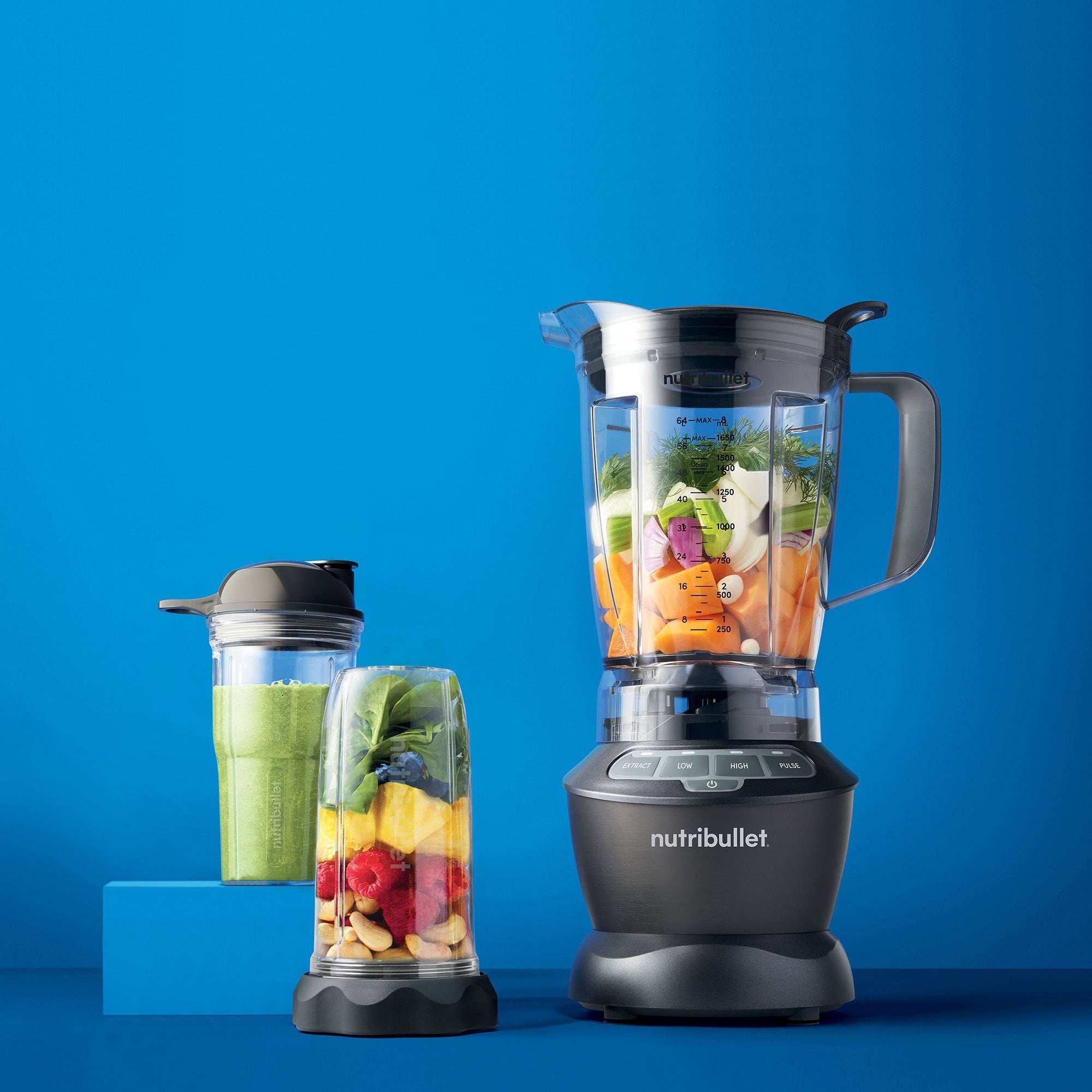Let’s face it, we are a society where modern medicine and quick fixes are common. If we feel physically or mentally drained, it’s easier to pop a pill and feel better immediately than to try a technique that involves something more natural but can take a few months to give us results.
If someone told you that eating certain seeds at certain times of the month would help women and men create natural hormonal balance, you would probably think that sounds way too simple – or even crazy – to possibly work. It can take a few months, but adding seeds to your diet might be worth a try! This nutritional support system is meant to encourage your cycle to follow its rhythm naturally and push your hormones in the right directions.
What Exactly is Seed Cycling?
Seed cycling involves adding different seeds into your diet at different phases of your menstrual cycle to gradually and naturally balance your hormones. Rotating between combinations of certain seeds, like flax, pumpkin, sunflower and sesame seeds, during these phases can promote healthy hormone balance by encouraging your body to either produce or clear out certain hormones.
During the first half of your cycle, the seeds help promote estrogen detoxification. In the second half of your cycle, seed cycling can help increase progesterone production. Men can restore hormonal balance, too, which might sound odd to some, but this will be explained shortly.
Why Is It Effective?
To be clear, the effectiveness of this process doesn’t occur immediately. Like with many diet changes, it takes time. It can take up to four months to start seeing any results from seed cycling, and during the times you’re eating the seeds recommended for that time period of your cycle, you need to be sure not to ingest the seeds from the other portion of your cycle. That might sound complicated for some, but it’s like developing a habit – if you do it for a while, you’ll get used to it as part of your daily routine.
This process is meant to be effective because the hulls of the seeds contain lignans that help regulate the hormonal pathways of our bodies, while the seed oils are comprised of omega fatty acids that provide the building blocks for steroid hormone synthesis. Each type of seed contains variations of these lignans, so rotating them throughout the month helps to provide the body with what it needs to create normal hormonal cycles.
How Do I Seed Cycle?
Days 1 through 14 of your cycle is the follicular phase, where follicles in the ovary mature and lead to ovulation. During this time, you will eat 1 to 2 tablespoons of flaxseeds, pumpkin seeds or chia seeds daily. The seeds need to be mixed together, so consuming roughly one tablespoon of each is best. Flax and pumpkin seeds support the estrogen-dominant time of your cycle and balance the omega-3 pathway. These seeds need to be ground up, either in a seed grinder or mortar and pestle, so it’s easy to get them into your system. You can try using a NutriBullet as well, but it’s recommended to grind a few days’ worth so you don’t have to do this every day. You can sprinkle them in smoothies, salads, soups or whatever you prefer.
Days 15 through 28 is called the luteal phase, which occurs after ovulation and before the actual menstrual cycle. This phase requires 1 to 2 tablespoons of ground up sunflower and sesame seeds. Sesame and sunflower seeds support the progesterone peaks of your cycle and balance the omega 6 pathway. As mentioned before, try not to eat the seeds that aren’t part of a particular cycle because that can confuse your body and make it harder to find the correct hormonal rhythm.
For men, you will want to cycle your seeds oppositely. This means that, for the first 1 to 14 days, you will eat your ground sesame and sunflower seeds. And on days 15 through 28, you will eat your ground flax and pumpkin seeds. Men can suffer from the same metabolic imbalances that women do, even if they don’t have an actual period. The male cycle is best done according to the lunar cycle, so phase one goes from new moon to full moon, and then phase two, from full moon to new moon.
Why Do We Use These Particular Seeds?
One might wonder why these particular seeds are used in seed cycling. The pumpkin and flax seed combo is a potent one to help your body cleanse itself of the extra estrogen that can occur this time of the month. Pumpkin seeds contain high amounts of zinc, preventing the estrogen from converting to harmful forms of testosterone while also getting your body ready for the progesterone production which occurs in the second half of the cycle.
The sunflower and sesame combo used in the luteal phase of the cycle has a smaller dose of lignans from the sesame seeds but contains a lot of zinc and selenium, which aides in progesterone production.
If you want to take a more natural approach to balancing out your hormones, seed cycling is worth looking into. It’s a long and seemingly strict process, but seeds – whether they’re flax, chia, pumpkin, sunflower, or sesame – offer a wide range of health benefits.
Be sure to consult with your physician before changing your diet or starting any natural remedies.
Nutritional information
Recipe: Creamy Green Strawberry Dream Serving in this recipe:1
- Calories: 236.6
- Total Fat: 3.6 g 5.5%
- Saturated Fat: 0.4 g 1.9%
- Cholesterol: 0 mg 0%
- Sodium: 358.7 mg 14.9%
- Total Carbs: 45.7 g 15.2%
- Dietary Fiber: 9.9 g 39.4%
- Sugar: 22.1 g
- Protein: 8.1 g 16.2%
- Vitamin A: 481.9% Vitamin C: 244.1%
- Calcium: 68.5% Iron: 26.1%
* Percent Daily Values are based on a 2,000 calorie diet. Your daily values may be higher or lower depending on your calorie needs.

